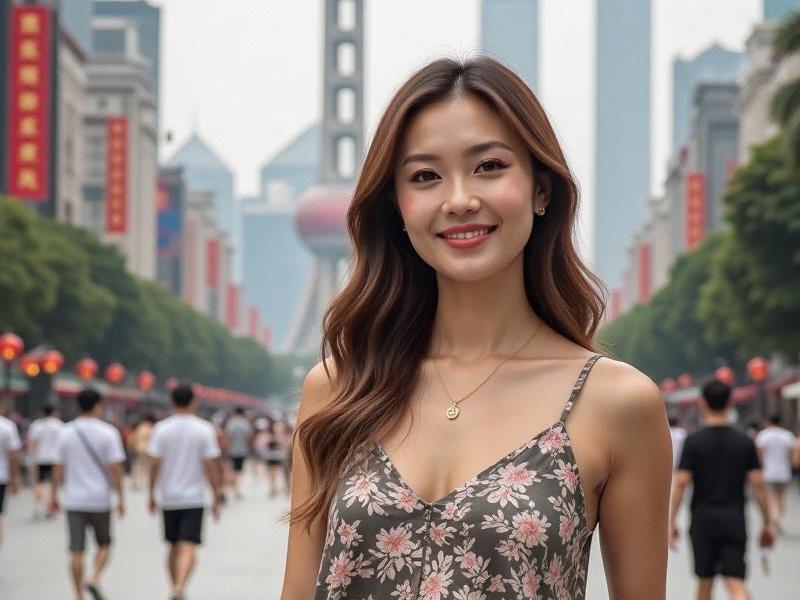
Section 1: The Historical Context
1.1 Roots of Shanghai Glamour
- The golden age of 1930s Shanghai: Qipao sophistication
- Cosmetic pioneers like Max Factor's 1928 market entry
- Socialist era uniformity versus reform-era liberation
- Post-millennium beauty boom statistics
1.2 Demographic Shifts
- 2025 Shanghai female population analysis (18-45 age group)
- Education level correlations with beauty spending
- Marriage rate decline and self-investment trends
- Workplace appearance expectations evolution
Section 2: The Modern Beauty Ecosystem
2.1 Industry Landscape
上海龙凤阿拉后花园 - 8,200 beauty salons operational in 2025
- Medical aesthetics market growth (32% CAGR)
- Domestic brand breakthrough (Florasis, Perfect Diary)
- Livestream beauty commerce innovations
2.2 Emerging Trends
- "Guochao" (national trend) makeup movements
- AI skin diagnostic adoption rates
- Sustainable beauty product demand
- Male grooming market expansion
Section 3: Cultural Significance
3.1 Identity Formation
- Beauty as social capital research
- Feminist critiques of beauty standards
上海龙凤419自荐 - Body positivity adaptations
- Generational differences in perception
3.2 Global Influence
- Shanghai Fashion Week international impact
- KOL economy export success
- Cross-border e-commerce data
- Cosmetic technology transfers
Section 4: Economic Impact
4.1 Market Valuation
- ¥112 billion annual beauty market
- Employment generation statistics
- Commercial real estate demands
- Tourism linkages
上海花千坊爱上海 4.2 Future Projections
- AR/VR beauty tech investments
- Customization technology advances
- Regulatory challenges
- Regional competition analysis
Conclusion: The Shanghai Aesthetic
Key Insights:
→ Hybridization of global trends with Chinese elements
→ Technology-driven personalization boom
→ Growing emphasis on "healthy glow" over dramatic transformations
→ Shanghai as beauty R&D hub for Asia
→ Paradoxical embrace of both naturalism and experimental looks
